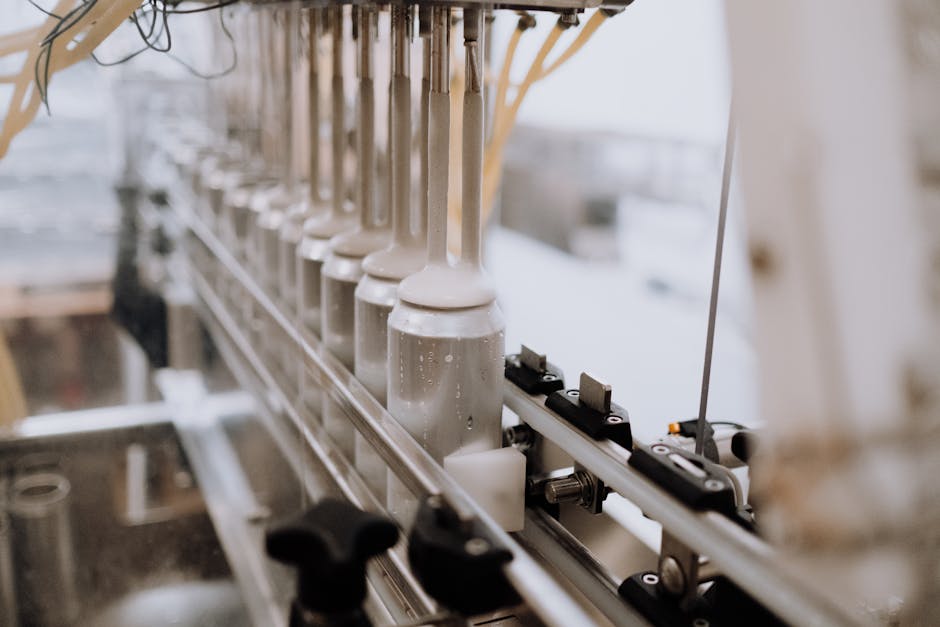Ever wondered how your favorite zero alcohol beer is crafted to taste just like the real thing without the buzz? Let’s dive into the fascinating process of making non-alcoholic brews that keep the flavor but lose the liquor.
The Basics of Brewing Beer
The journey of creating zero alcohol beer begins much the same way as traditional beer. It all starts with the selection of quality ingredients: water, hops, yeast, and grains. These ingredients are combined and go through the beer brewing process, which includes mashing, boiling, fermenting, and conditioning. However, for alcohol-free beer, this is only the beginning. What comes next is what sets it apart.
During fermentation, yeast converts the sugars from the grains into alcohol and carbon dioxide. This crucial step is carefully monitored when brewing non-alcoholic beer, as brewers aim to either limit alcohol production from the start or remove it later in the process without stripping away the beer’s flavors. The science behind this is quite fascinating, offering insight into the innovative methods brewers use.
Removing the Alcohol
Once the brewing process is complete, the challenge of creating zero alcohol beer lies in removing the alcohol without compromising taste. This delicate balance is achieved through techniques like vacuum distillation, reverse osmosis, and arrested fermentation, each method bringing its unique approach to retaining the beer’s original character.
Technique 1: Vacuum Distillation
Vacuum distillation involves lowering the beer’s boiling point by reducing the atmospheric pressure inside the distillation chamber. This allows the alcohol to evaporate at a much lower temperature, preserving the flavors and aromas that would otherwise be lost through traditional boiling. The result? A beer that maintains its integrity, minus the alcohol. This method is a favorite for its efficiency and for how it keeps the beer’s essential qualities intact.
Technique 2: Reverse Osmosis
Reverse osmosis takes a more scientific approach, where the beer is first filtered to remove all the solids from the liquid. The alcohol is then separated from the water through a sophisticated filtering process, after which the water and the flavors are combined again. This technology is highly effective in reducing the alcohol content while maintaining the beer’s original flavor profile.
Technique 3: Arrested Fermentation
Arrested fermentation is a proactive approach, where the fermentation process is stopped before it can produce any significant amount of alcohol. This can be achieved by cooling the brew down rapidly or by using yeasts that do not produce a high level of alcohol. This technique allows brewers to have more control over the alcohol content from the outset, offering an alternative pathway to zero alcohol beer.
Adding Back the Flavor
One of the challenges in producing zero alcohol beer is ensuring that the full-bodied flavor of traditional beer remains. Breweries use various methods to add flavor back into the beer, like blending de-alcoholized beer with regular beer or enhancing it with additional hops and malt. The goal is to achieve a product that can stand proudly next to its alcoholic counterparts in terms of taste and aroma.
Quality Control and Packaging
The final steps in the creation of zero alcohol beer involve rigorous quality control checks and thoughtful packaging. Breweries taste-test their products at every stage to ensure consistency and quality. Once the beer meets the brewer’s standards, it is packaged, ready to be enjoyed by consumers seeking the beer experience without the alcohol. Packaging is key, as it needs to protect the beer’s flavor and ensure its non-alcoholic status is clear to consumers.
Cheers to Zero Alcohol Beers!
Understanding the science and art behind making zero alcohol beer demystifies how brewers can deliver that familiar taste without the effects of alcohol. Whether it’s for health reasons, personal preference, or the desire to enjoy a brew without the buzz, zero alcohol beers offer a tasty alternative for everyone.

